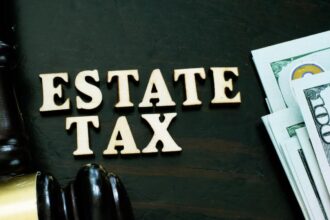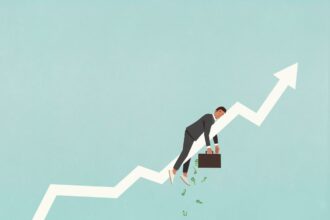There’s been a growing interest lately in phased retirement, as indicated by the results of several surveys. For example, more than half (52%) of pre-retirees wish to continue working in some way after they retire, according to The Retirement Outlook of the American Middle Class, a survey whose results were recently released by the Transamerica Center for Retirement Studies.
However, phased retirement isn’t a “one-size-fits-all” concept. Let’s look at various ways you can transition into this new stage and how it can help you in meet your financial and life goals.
What Is Phased Retirement And How Is It Different From Traditional Retirement?
With phased retirement, you continue to work in some way after you stop working full time or after you consider yourself to be retired. By contrast, with a traditional retirement, you stop working altogether with the intention never to work for income again. With a phased retirement, there are various ways you can continue working, as noted later in this post.
It’s important to remember that even if you continue working in your later years, you’ll eventually reach a time when you’ll be unable or unwilling to work in any way. At that time, you’ll be considered fully retired.
What Are The Pros And Cons of Phased Retirement?
Compared to a traditional retirement, there are many possible advantages that come with continuing to work in some way, starting with the additional money you might earn. Many people approaching retirement have modest savings that might not support the life they want in retirement, and continuing to work can supplement that money.
In addition, phased retirement has other potential benefits. It can:
- free up time so you can pursue your interests and take care of your health,
- provide valuable social contacts,
- give you some structure and purpose in life,
- keep you active physically and mentally, which can be good for your health, and
- deliver valuable health insurance from your employer.
One possible strategic use of phased retirement is to earn just enough income to enable you to delay starting Social Security until the optimum time for you, or to delay drawing on your savings to let them continue to grow.
As for the downside, the most serious possible cons of phased retirement are these:
- You don’t like work enough to continue working
- You’re in poor health and can’t work.
- You can’t find any work
Compared to continuing to work full time, the biggest disadvantage of phased retirement is the reduced income you’ll experience compared to your full-time wages. On the flip side, with phased retirement, you’ll have more time to enjoy life compared to working full time.
You Can Design Phased Retirement To Meet Your Goals
There are several types of phased retirement that could meet your needs and circumstances. For example, you could:
- work as a part-time employee, for example you could work just three days per week or just half days for the entire week,
- perform temporary project work as a contractor,
- work seasonally, such as at retail establishments during the holiday season or for accountants during tax season, 0r
- start your own business.
If you don’t want to invest a lot of money in a new business, you could perform a service, offer to tutor, or be a consultant.
There are also different directions you can go with the type of work you do. You could:
- continue your current job at your current employer; in this case, you would just reduce the hours you work,
- work for another employer in a role similar to your current job, or
- branch out to other, similar lines of work or completely change the type of work you do.
Here are two phased-retirement strategies that meet specific goals:
- With a so-called bridge job, you work until a target age when you achieve an important milestone, such as the age at which you plan to start Social Security, or when you pay off the mortgage on your home, or when your kids have grown and are living independently.
- With an encore career, you leverage your skills and experience from your full-time work but apply your expertise in a different setting. Often the intent with encore careers is to work indefinitely.
Who Would Benefit From Phased Retirement?
You’ll really benefit from phased retirement if you want to enjoy life more but don’t have sufficient resources to retire full time. Likewise, if health insurance is too expensive before you’re eligible for Medicare at age 65, you could benefit from part-time work that provides health insurance.
Even if the two situations above aren’t applicable to your situation, the fact is, phased retirement can help almost everybody. With people potentially living 20 to 30 years in retirement, there’s a good chance you could run out of money during a traditional retirement unless you’re quite wealthy. And almost everybody would benefit from participating actively in society.
Live a long time in retirement takes careful planning. Phased retirement can be a very helpful strategy that you should consider.
Read the full article here










